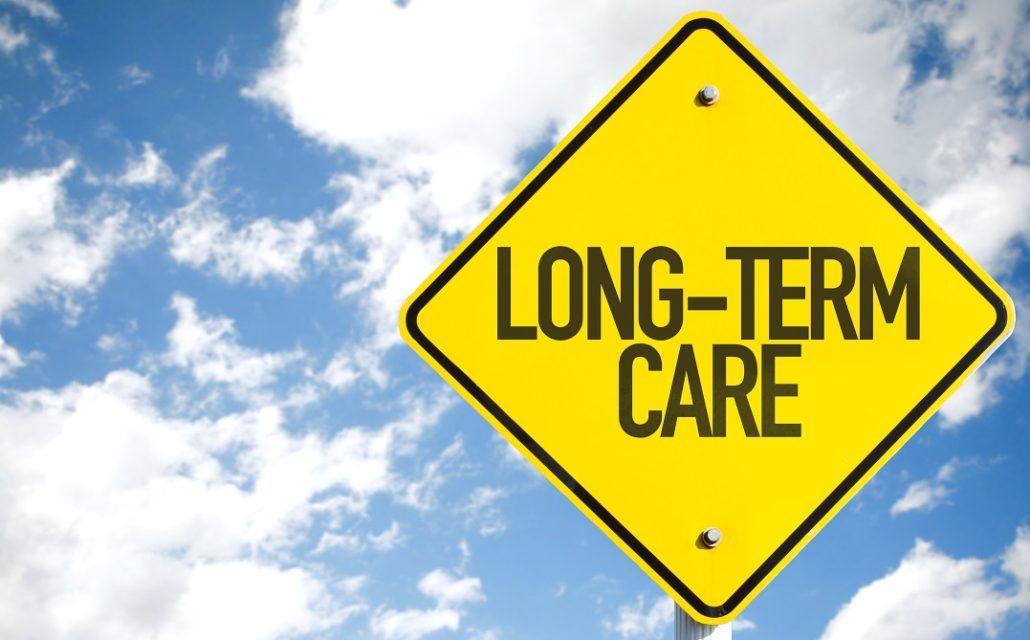The Republican Party recently released its broad health care reform plan, a 37 page white paper. (here) This is one of the planks of the party’s overall government reform platform entitled “A Better Way.” The party is calling the plan the “beginning of a conversation for 2017” and not a specific bill. The plan is the culmination of six years of work that began after the passage of Obamacare in 2010.
Republicans have been severely criticized for not having a comprehensive alternative to Obamacare. Worth noting, however, is the fact that Republicans had many specific, patient-oriented ideas during the 2009 health care debate, but were unable to get those ideas out of the various Democrat-controlled Congressional committees. Because of this lack of inclusiveness, Obamacare became law without any Republican votes.
The goals of the Republican plan are to lower health care costs, preserve employer-paid health benefits preserve Medicare, reform Medicaid, and shift health insurance control back to the states. It is based on repealing Obamacare, offering more insurance choices and providing health insurance portability.
The plan does retain some of the more popular features of Obamacare. It would allow children up to age 26 to remain on their parents health insurance, continue to force insurance companies to insure people with pre-existing conditions as long as they maintained continuous coverage, and place a cap on high-cost employer-paid employee insurance plans. Community rating would continue, but with an age-variance of 5:1 rather than the 3:1 in Obamacare.
The individual health insurance market would be expanded without the use of the Obamacare exchanges and without the individual mandate to purchase insurance. The basis of this is a refundable tax credit that would be age-adjusted and would provide more financial support for older people. Health savings accounts would be encouraged, with larger contribution limits. Purchasing health insurance across state lines would be allowed. Government-imposed benefit mandates in health insurance plans would be eliminated or reduced. The use of risk pools would expand.
The employer-paid model would be retained, but the employer mandate would be eliminated. Health savings accounts (HSAs) would expand, along with the use of high deductible insurance plans. The Republican plan would expand the use of Association Health Plans and would support wellness programs. Very expensive employer-paid insurance plans would have a cap, similar to the “Cadillac tax” in Obamacare.
Entitlement reform is a big part of the Republican plan. The age for Medicare eligibility would gradually rise from 65 to 67 years, starting in 2020. Also starting in 2020, Parts A and B would combine and would be compared financially with Part C, Medicare Advantage. The emphasis is on eliminating fee-for-service and moving Medicare patients to a managed care program similar to a health maintenance organization. Future generations could use taxpayer premium support funds which would allow those seniors more choice by going into the private market for their health insurance.
Instead of an open checkbook from the federal government, states would receive a per-capita allotment for each Medicaid enrollee, which would basically function as a block grant. Medicaid enrollees would potentially have a work requirement and would be required to pay part of their premiums. States would have more control of the program and could offer a limited benefit package.
The Republican plan offers more consumer-directed ideas and less government-controlled health care. It begins a reasonable conversation about Medicare and Medicaid reform while decentralizing the health care system. It gives states more control of the system and potentially reforms the health insurance industry, allowing it to offer mandate-free plans that people actually want. It has the potential of real control of health care costs.
Some might argue that a refundable tax credit is simply another taxpayer-provided premium support like in the Obamacare exchanges. The Republican plan also retains a number of features of Obamacare that have not been effective in controlling costs, such as forcing insurance companies to sell plans to people with pre-existing conditions.
The Republican plan continues the employer-paid model the country has had since 1943. Almost half of all Americans have employer-paid health insurance, yet the greater use of HSAs and high deductible insurance programs have held down health care costs.
Overall, the Republican plan is an excellent starting point for a meaningful discussion on health care reform in the United States.





